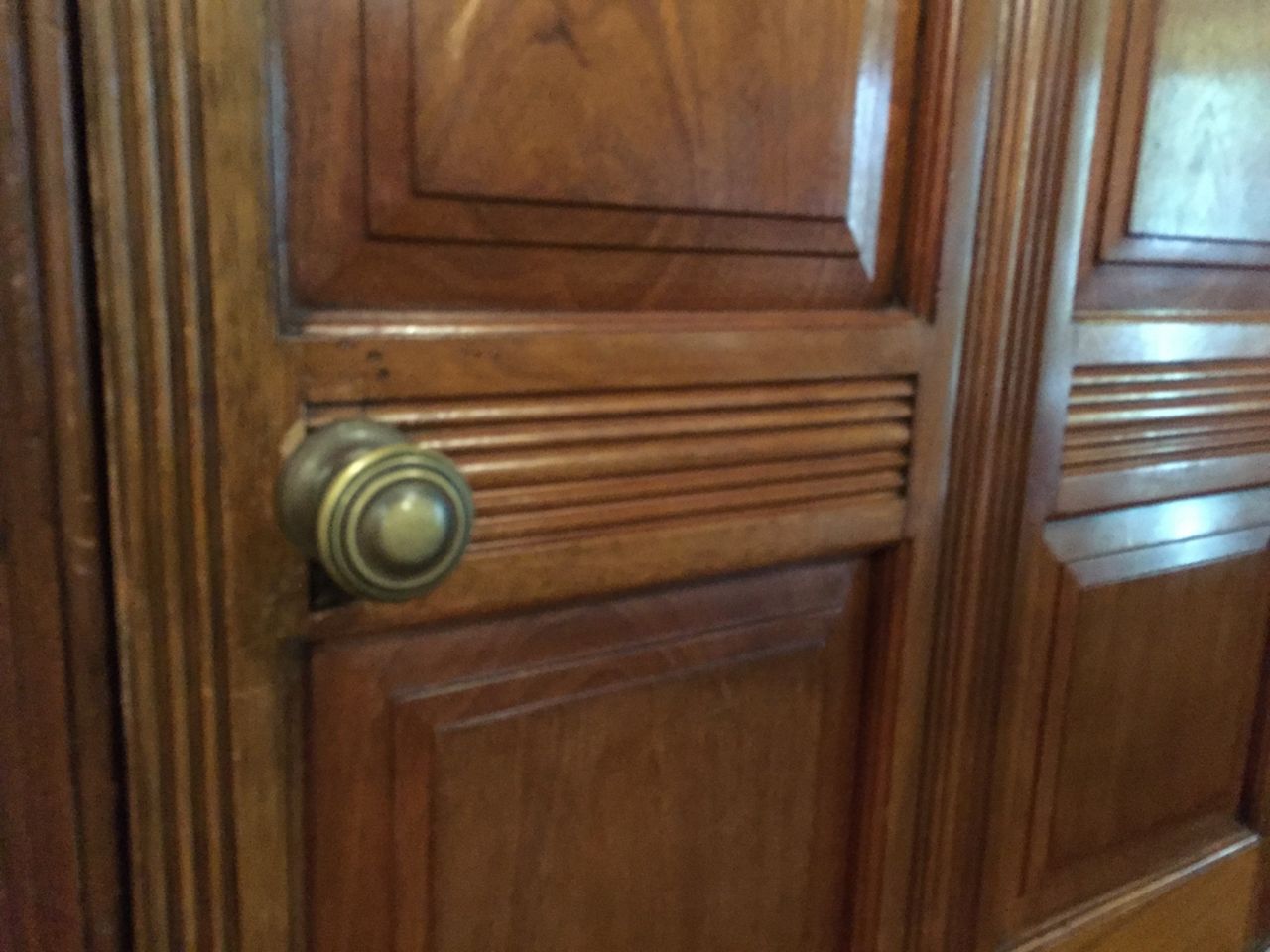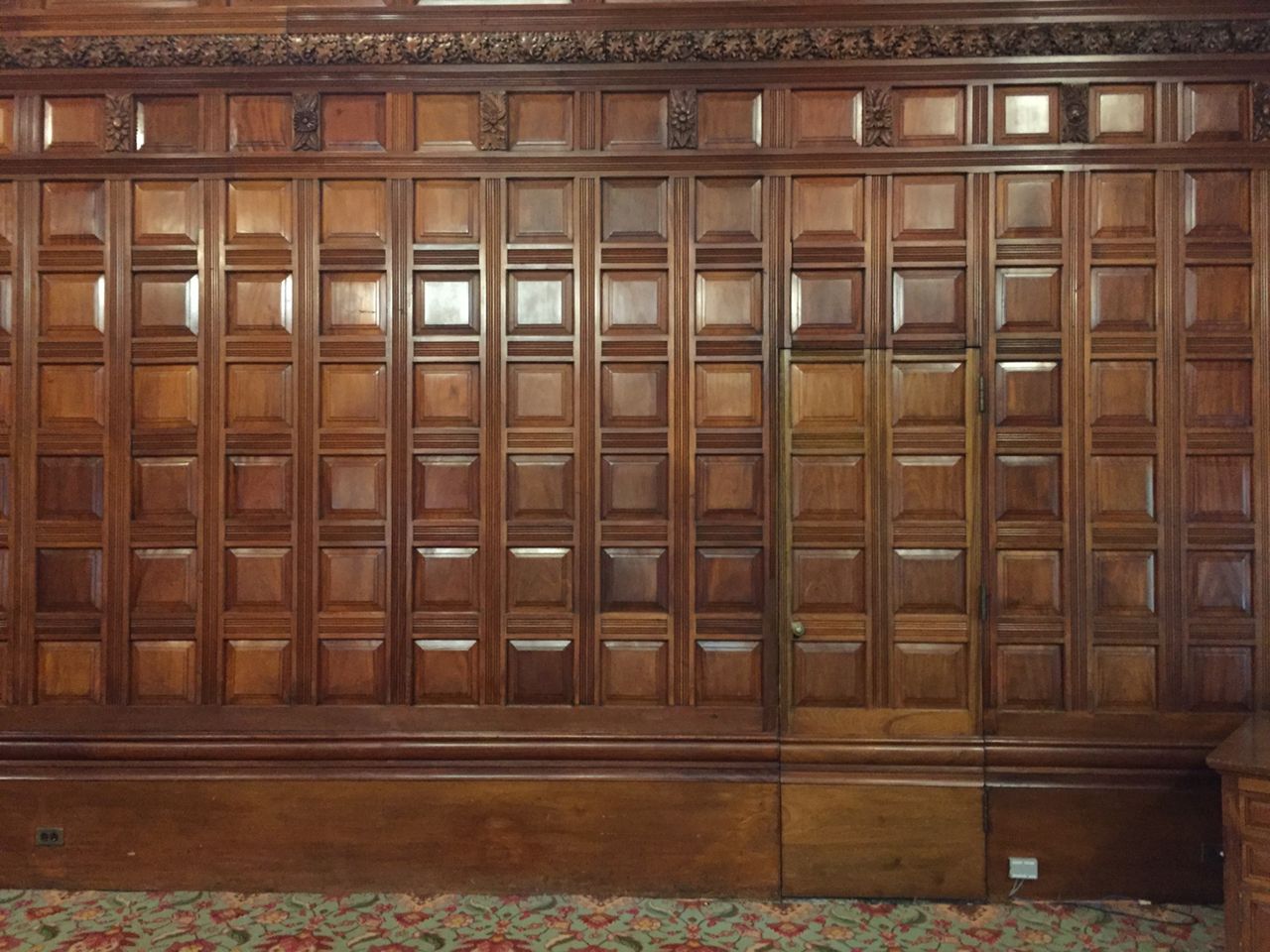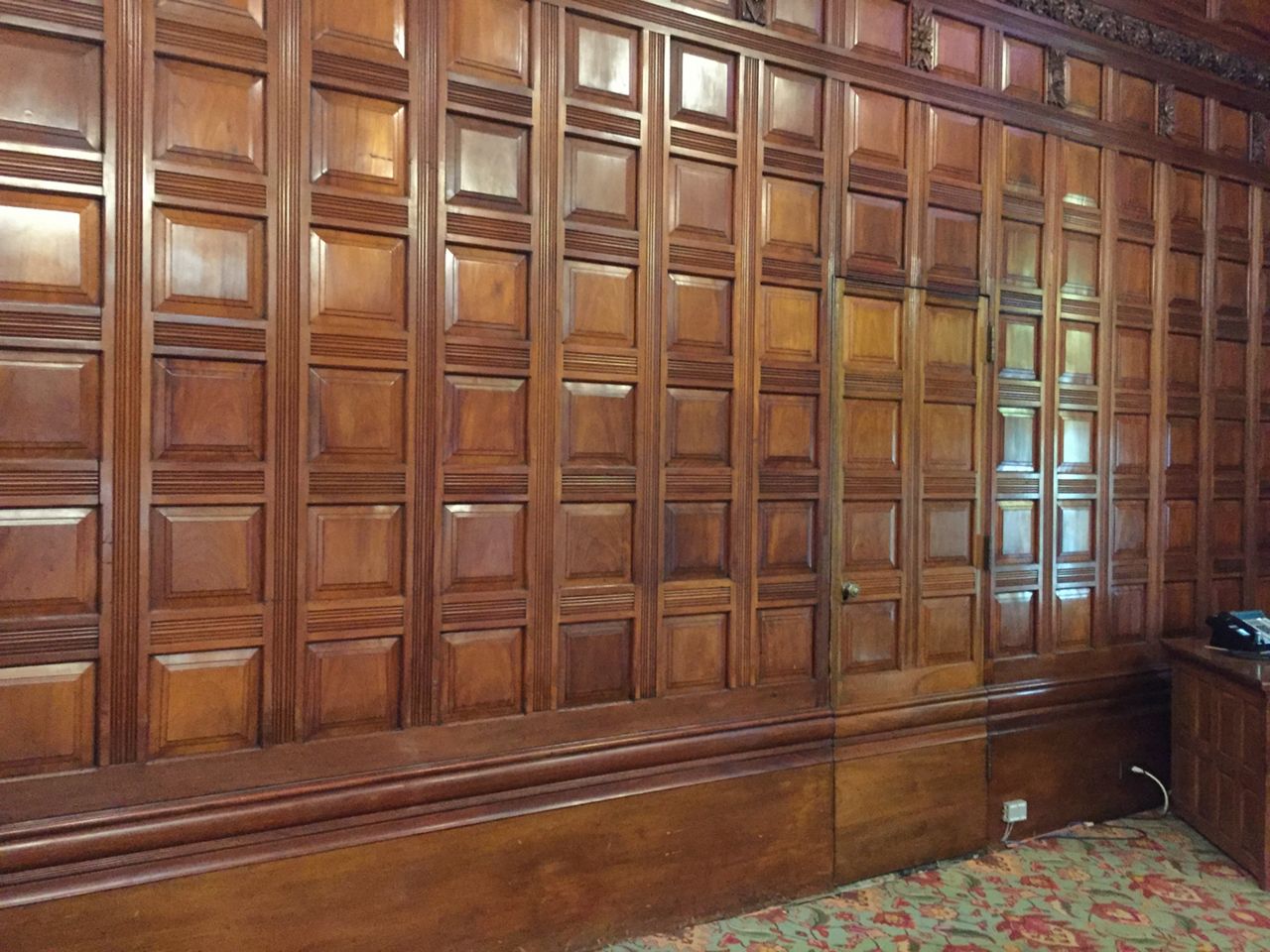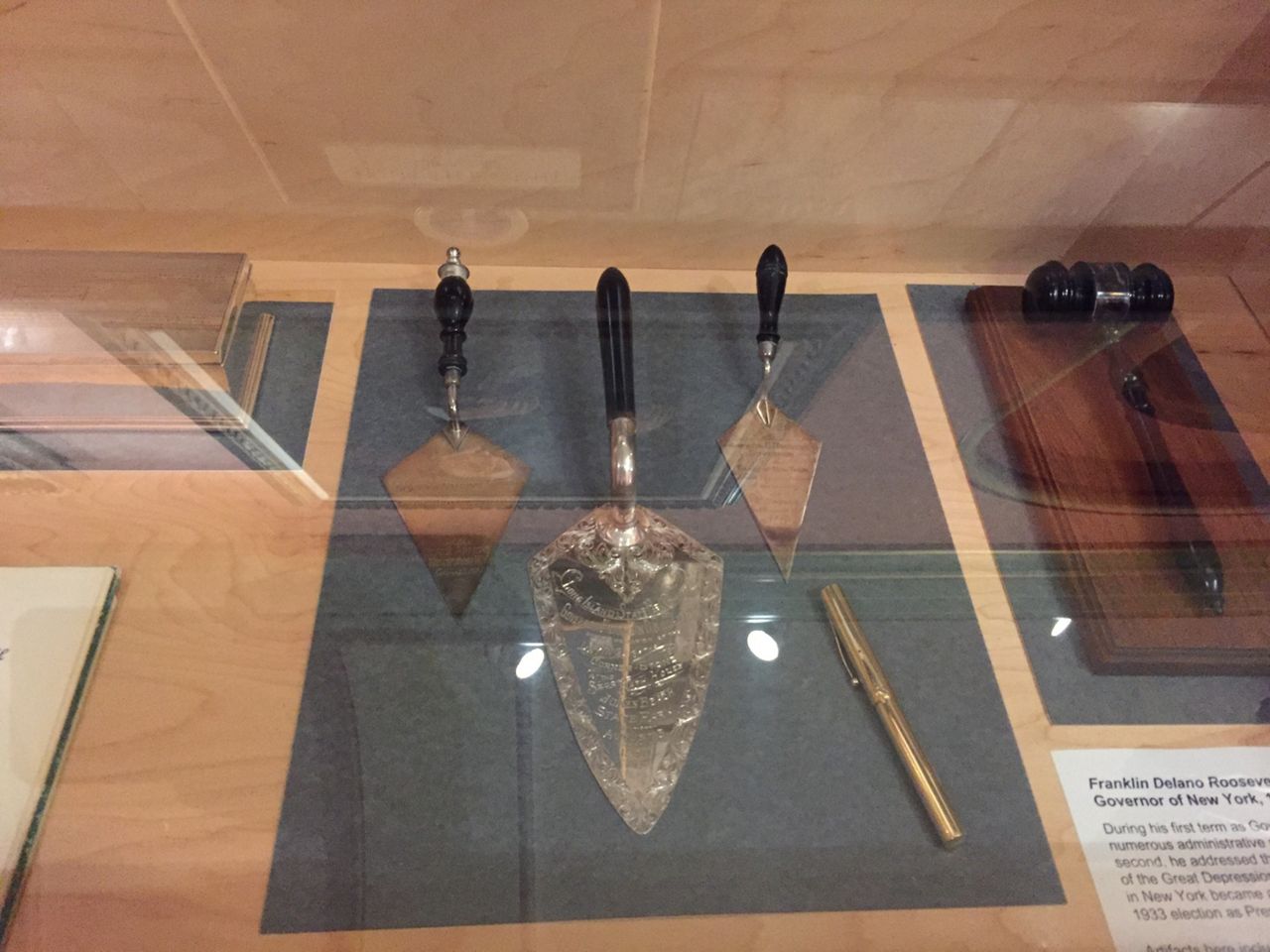While it's well known that former New York Governor and later President Franklin Delano Roosevelt suffered from polio his entire life, that illness was a closely guarded secret while he was playing a major role in politics.
In this month's Albany Archives, historian Matt Malette shows us just how innovative they had to be here in Albany to hide that diagnosis from Roosevelt's constituents and rivals.
The New York State Capitol, an architectural marvel when it was completed in 1899 and appeared to be flawless, except for maybe one thing. It wasn’t fully accessible for the disabled.
“To get inside the New York State Capitol, then New York State Governor FDR had to come up this, what’s sort of a secret elevator to get to his office," said John Howard, New York State Capitol Operations Manager.
He would have been driven on to the executive ramp and moved from his car to his wheelchair into this elevator and up to the second floor. The elevator shaft was once a stairwell until 1928 when it was converted.
Since the State Capitol, was and still is, a public building, Roosevelt would wind through two rooms before extra measures had to be made. First the press office to the press secretary's office and then into the Red Room.
This door wasn’t always a door, though. An inset bookcase in his Press Secretary’s Office was removed and the secret passage was carefully cut from the wall paneling. But how could this be pulled off so flawlessly and ready for the new governor on Day One?
"This was an undertaking of Roosevelt’s predecessor, Al Smith, who ran for President the same year Roosevelt ran for Governor and as a good-will gesture to the new governor."
Smith, the long-time New York State Governor, knew better than anyone that having perceived flaws could be damaging.
"Disability was not really something that was embraced by the public. As a matter of fact, you and the press help perpetuate the myth of FDR’s vitality and lack of disability because you find very few photographs or news reels of FDR in his wheelchair. Again it was part of the great illusion," said Howard.
That grand illusion would carry him all the way to the White House where he served as the President of the United States an unheard of four consecutive terms, almost entirely from a wheelchair.
Web Only Images











